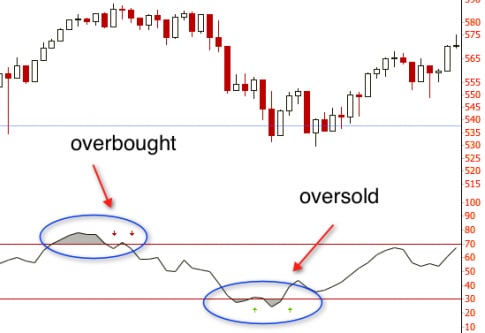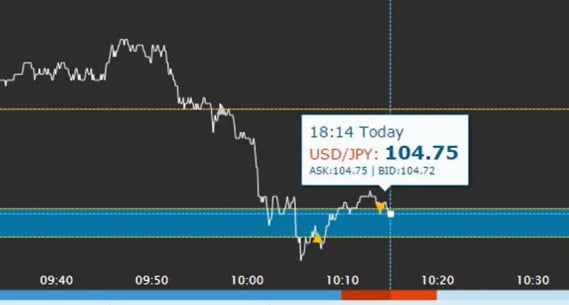The Straddle is a strategy used in regular trading, and indeed – with a few tweaks here and there – it can be applied for binary options too. Before we get into its details though, we need to set a few things straight about it. First of all: the primary objective of the Straddle is damage-control. It is a very situational strategy, only applicable under highly volatile market conditions. Under the right circumstances, it can in fact double the profits of the investor, but its primary goal is to counter losses.
The Straddle bears an uncanny resemblance to Hedging, another damage-control oriented strategy, but there are a few key differences between the two. Hedging is about the placing of two trades in different directions, at the same time or timed closely together. This just doesn’t work with binary options. Due to the broker-specific return rates (which are always under 100%), using the above described method with binary options will paint the trader into a losing corner. He essentially guarantees that he will lose one of his trades and win the other one. Because of the 70-90% return rates though, he will always lose more on the losing trade than he will profit on the winning one.
With the above in mind, it is quite revolting that there are still articles out there, which insist that Hedging is in fact Straddling.
Straddling doesn’t work that way. In order to make the above described damage control method viable for binary options, we need to tweak some variables of the equation. We need to raise the return percentage above 100%, or we need to alter the actual construct of the trades, by NOT placing the two opposing trades at the same time.
Here’s how the Straddle really works
In order to be able to pinpoint the timing of the two trades that make up the Straddle, we’ll bring in the RSI indicator (any indicator showcasing overbought and oversold asset-price conditions works just as well). Whenever the RSI hits values north of 70, we’re dealing with overbought conditions. Whenever it dips below 30, we have an oversold situation on our hands.
Let’s look at the Straddle through the prism of an example.
We’ve identified an opportunity for a USD/JPY Call trade. The RSI indicates an oversold asset after a sustained downtrend. This means a reversal is in the books. We place a Call trade here, with a 30-minute expiry. Things speed up afterwards, and due to the high market volatility, the uptrend explodes, reaching a possible peak quickly and threatening with another drop before our Call option expires. This is when we decide to Straddle: we keep an eye on the RSI, and as soon as it indicates an overbought situation, we place a Put trade, for the same amount as the Call one.
This way, we have put a safety in place against a price drop, and we have given ourselves the chance to possibly double up on the profits. In case either trade wins, we will have mitigated our losses. If the timing on the expiries is right, in the narrow band between the two strike prices, we may end up with both trades in the money. Expiry-timing is very important here, because it may mean the difference between winning both trades and losing them both.
Another way to apply the Straddle is through the Touch component of the Touch/No Touch option.
The returns on such trades can be as high as 500%, and that means the strike price will be very far from the current asset-price. Under very swingy situations though, it may make sense to place two such Touch trades in opposing directions. The massive potential return makes the approach viable.
Yet another way to Straddle is through the Boundary option.
With this setup, the trader is betting on whether or not the asset-price will leave a set range (a band on the chart). The returns on this option are good, but like the Touch solution above, it should only be used with truly massive price-swings.
More binary options strategy reading

